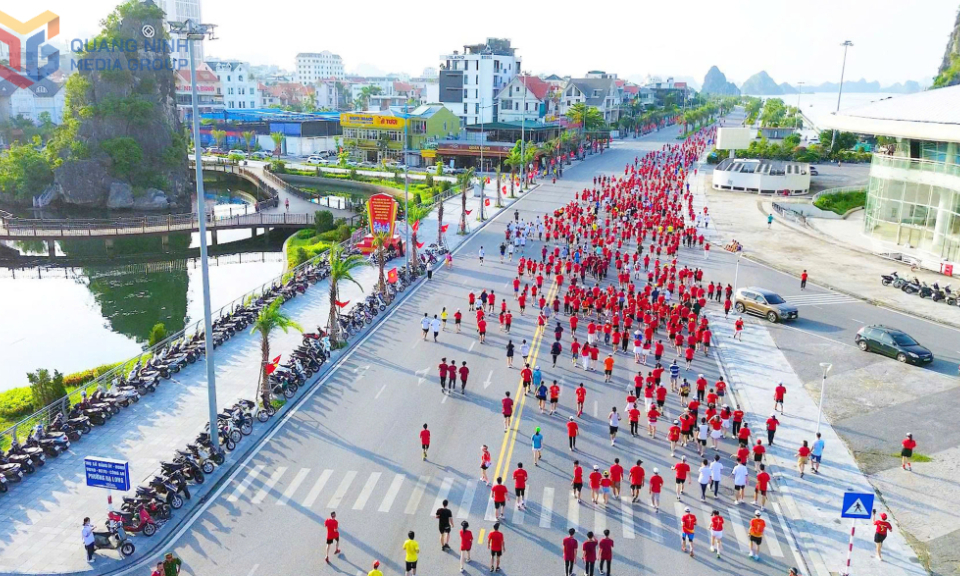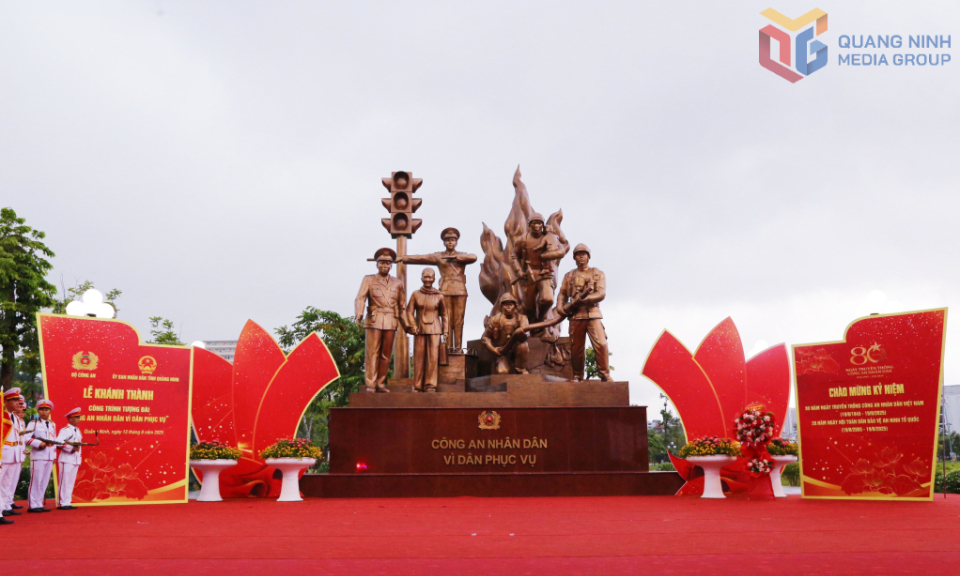VNĐ400 trillion needed to upgrade seaports by 2030
In his keynote speech, Nguyễn Xuân Sang, Deputy Minister of Transport, said that after 20 years of development, Việt Nam's seaport system has formed a network with a length of 90km, capable of supporting and delivering 750 million tonnes per year, rivalling regional and international seaports.
VNĐ147 trillion is the amount of money needed to upgrade seaports over the next two years, with an VNĐ251 trillion by 2030.
The figures were announced at an conference hosted by the Ministry of Transport (MoT) on Tuesday.
In his keynote speech, Deputy Minister of Transport Nguyễn Xuân Sang said that after 20 years of development, Việt Nam's seaport system has formed a network with a length of 90km, capable of supporting and delivering 750 million tonnes of goods per year, rivalling regional and international seaports.
"Our main seaports have upgraded their capabilities and qualities, able to take ships weighing 30,000 tonnes to hundred thousand tonnes," said Sang.
"Bà Rịa-Vũng Tàu Port have taken ships weighing 214,000 tonnes, while Hải Phòng Port in Lạch Huyện have taken ships up to 145,000 tonnes."
According to ministry officials, Vietnamese seaports dealt with 90 per cent of import and export goods.
For Inland Container Depots (ICDs), Sang also said that these are slowly garnering investment in areas with high volume of containers such as Móng Cái - Quảng Ninh, Đình Vũ - Hải Phòng, Quế Võ - Bắc Ninh, Gia Lâm - Hà Nội, Duy Tiên - Hà Nam, Nhơn Trạch - Đồng Nai, etc.
"ICD helped a lot in organising transportation network across the country, making use of the regional advantages and create a goods delivering system that can handle high volumes, inexpensively and with less pollution," said Sang.
According to Lê Tấn Đạt, deputy director of the Construction Consultation Company for Maritime Building (CMB), Việt Nam currently has 296 seaports, and the number have grown by 4.7 times compared to the year 2000.
"The demand for investment can reach VNĐ398.706 trillion in the coming years," said Đạt.
For ICDs, Việt Nam currently has 10 ICDs, but six of them are not properly converted to ICD as regulated, said Phạm Hoài Chung, deputy director of the Consulting Center for Transport Development and Investment (CCTDI).
Container ports and inland clearance points is currently operating about 4.2 million TEUs per year, of which 90 per cent of goods go through customs ports.
The volume of cargo through the 10 announced inland ports accounts for only about 10 per cent, since most of these are newly formed and located in the north, except for the Nhơn Trạch Port in Đồng Nai.
To attract investment for the development of the inland port system, Chung suggested considering the application of a public-private partnership (PPP) with large-scale inland ports in the direction of the Government. The country creates favourable conditions for land funds, invests in connecting railways with inland ports, completes the legal environment, and promulgates mechanisms and policies for inland port development and private investment in infrastructure, equipment and management organisation and exploitation of dry ports.
At the conference, many local officials, businesses and experts offered suggestions to improve the two master plans currently under consultation.
An official of the Ministry of Planning and Investment said that with the detailed plan, there must be an orientation to take advantage of the shoreline resources. Currently, a number of seaports are still fragmented and have not fully promoted their shorelines.
"With the detailed planning of the group of inland ports, it is necessary to clearly state what obstacles are left in the current regulations that need to be removed for development," said a representative of the Ministry of Planning and Investment.
Nguyễn Đình Việt, acting director of the Vietnam Maritime Department (Vina Marine), said that when preparing the detailed plan for the group of seaports, Vina Marine received many proposals from provinces and businesses. Additional proposals in line with the national seaport master plan have been advised by the department to the ministry for adjustment. As for other proposals, this agency is currently considering to include in the detailed planning for development of land and water areas.
In his conclusion speech, Sang said that this is a plan with a very large and in-depth research volume, so the deputy minister suggested that ministries, branches and localities continue to provide comments on the draft.
Leaders of the Ministry of Transport assigned Vina Marine to study and clarify specialised opinions, refine them to include in the draft and complete the draft for submission.
Deputy Minister Sang also said that so far, the navigational channel infrastructure has been invested by the State, while the port infrastructure has been invested by enterprises. However, in the past many localities actively used their local budgets to invest in navigational channel infrastructure. This creates favourable conditions for seaports to effectively promote their potential advantages, while also easing pressure on the central budget.
He suggested that localities continue to promote their responsibilities in planning, especially in using local budgets to shoulder-to-shoulder with the central budget, promoting efficiency in development strategies.






